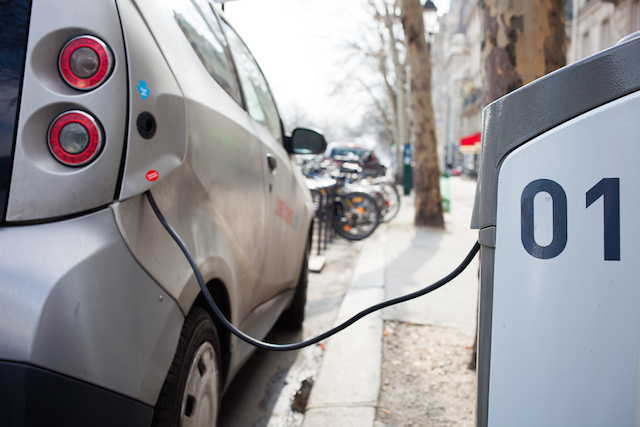Eleven years ago a movie called ‘Who killed the electric car’ came out chronicling how General Motors developed and introduced an all electric car back in the mid 1990s – the EV1 – and how the project failed and was ultimately cancelled. The movie doesn’t explicitly state why, but suggests that established interests in the oil and automotive industry and the government were not exactly in favour of a move to all electric drive vehicles at the time.
Although the EV1 had a pretty respectable range – 100 miles (161kms, still suitable for most daily drive distances today), it was nonetheless perceived as not being enough, especially as charging – as today – took a lot longer than filling a petrol tank. The other issue at the time and still a factor today, is that there was (and still is) no nationwide network of charging stations in any country to allow longer journeys.
All this looks like it might finally be changing. A combination of factors has made this possible, but perhaps the most significant is big advances in battery technology, so that today not only can batteries allow greater distances to be driven on one charge, the time it takes to recharge these batteries is coming down as well. And in some parts of the world (including to a limited extent Australia) governments are either subsidising or building the infrastructure needed to support all electric vehicles.
Two other factors are helping this along – firstly an increased awareness of the environmental impact of petrol and diesel engined vehicles, and secondly an understanding of the savings that can be achieved in terms of running costs (see our previous article – Running on the small of an oily rag) compared to conventional ICE (Internal Combustion Engine) vehicles. The Tesla S for example has less than 150 moving parts against a normal car, which can have up to 10,000. In a nutshell this means there are much fewer things that can go wrong and this is one reason why Tesla offers a lifetime guarantee on its cars. It can also ‘service’ its customers’ vehicles remotely via a type of software update over the internet – so Teslas in theory never need to go in for a service.
Tesla is certainly leading the way in electric car manufacturing, but it is also encouraging mainstream car manufacturers to take the leap into all electric. Of course there are already a few all electric cars out there, although the industry as a whole has so far tended to opt for halfway house solutions – hybrid vehicles that operate with an internal combustion engine and an electric motor.
2018 however may see this change, with a slew of all electric vehicles due on the market in Australia. Tesla is – unsurprisingly – leading the charge with their new ‘affordable’ model, the Tesla 3 due in Australia next year. Likely to be priced at around $50,000 and around half the price of their current high end Tesla S, the 3 will nonetheless come with pretty good specifications – a 0-100 acceleration time of under 6 seconds, a range of 345km and a rapid charging option that will allow the car to recharge in less than 15 minutes – less even than the Tesla S which takes 30 minutes on a supercharging system to recharge the battery.
Hot on the heels of Tesla will be Hyundai, with their Iconiq model which will offer an all electric variant, price at around $35,000, the next generation Nissan Leaf with a rumoured 550km range on the top model (likely to be priced to compete with the Tesla 3), and Jaguar with their I PACE model, which promises a 500km range, a rapid charging option and a blisteringly quick 0-100 time of under 4 seconds – nearly Lamborghini territory. If you like the sound of the Jag you will have to wait until the end of 2018 and have around $120,000 in your back pocket.
Maybe 2018 is the year to take the plunge, get the car loan and go all electric!
Image credit: http://dahlstroms.com/





